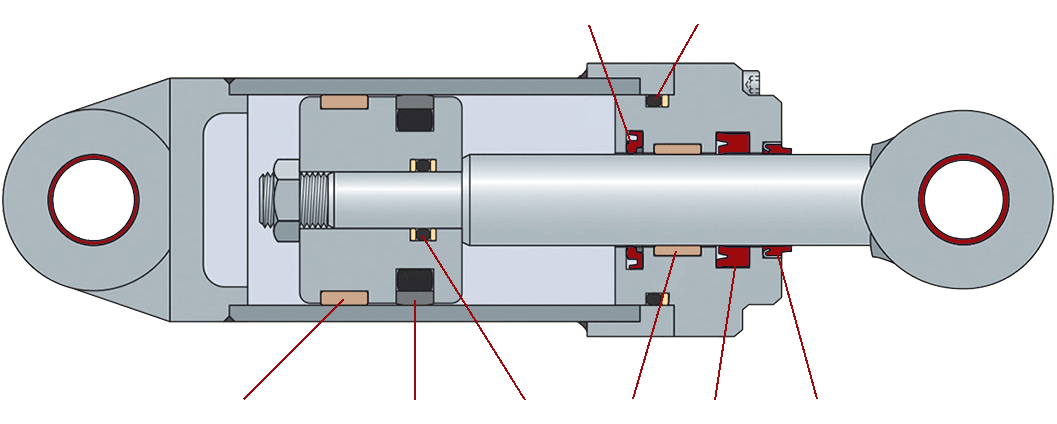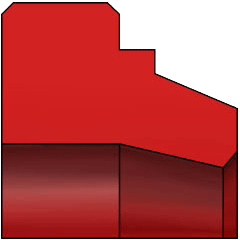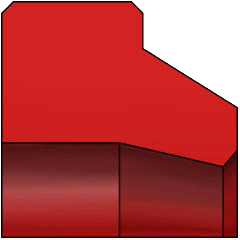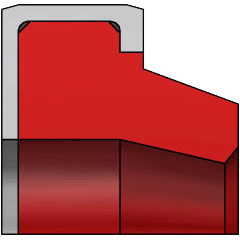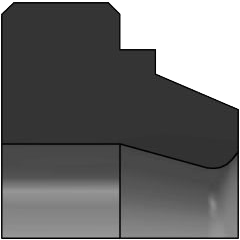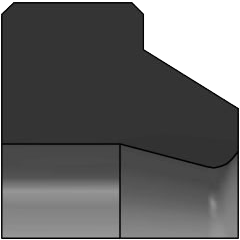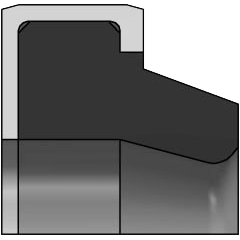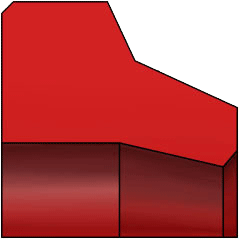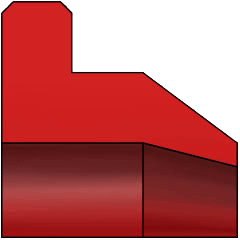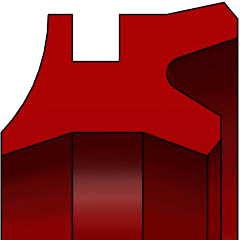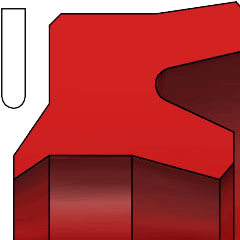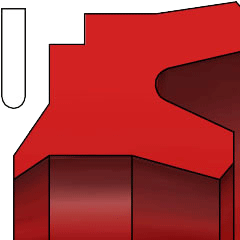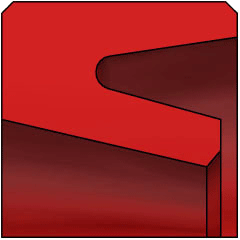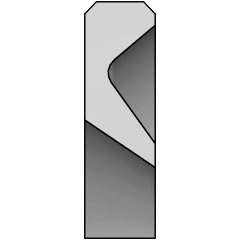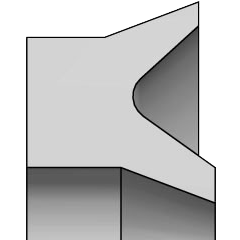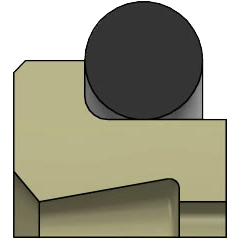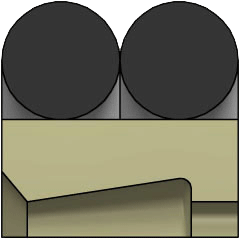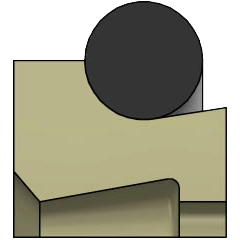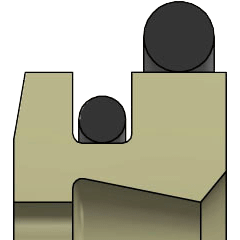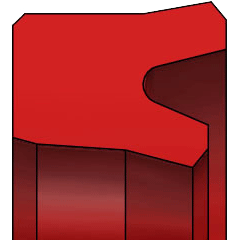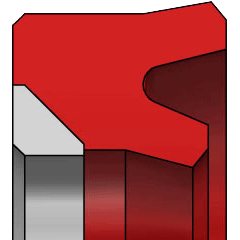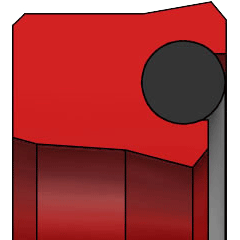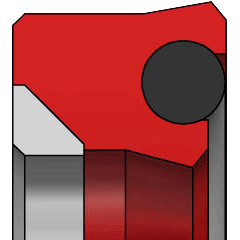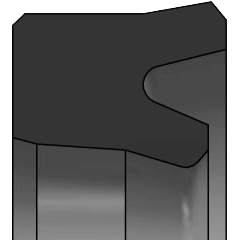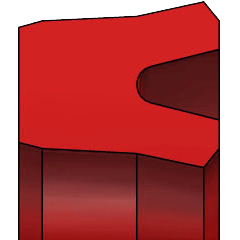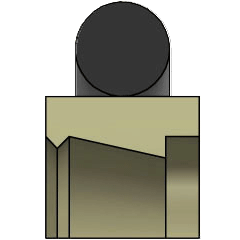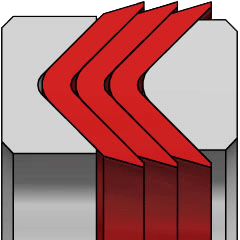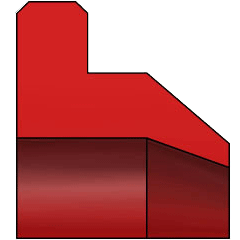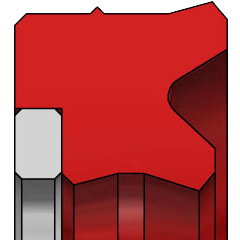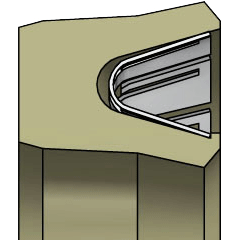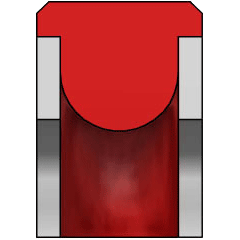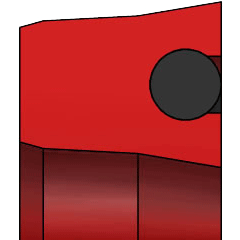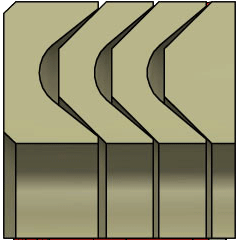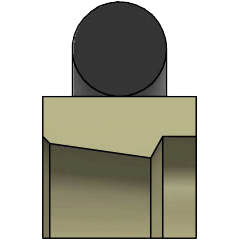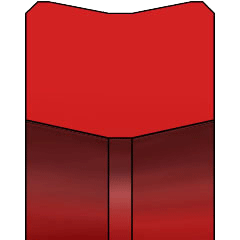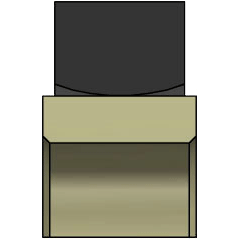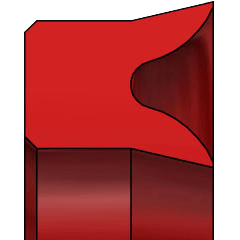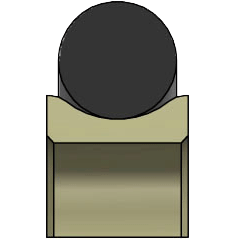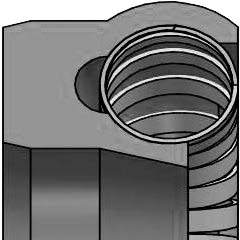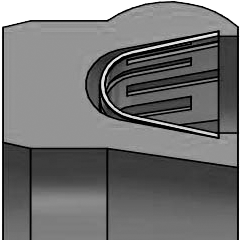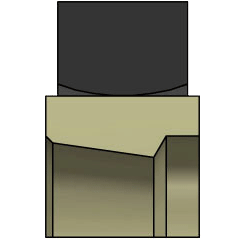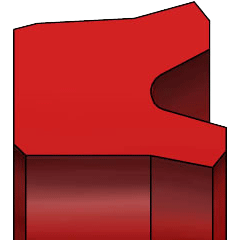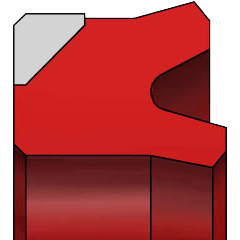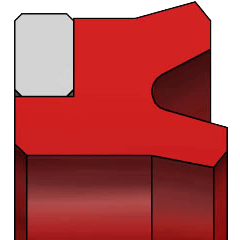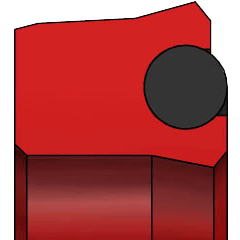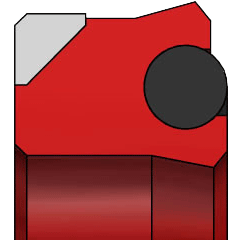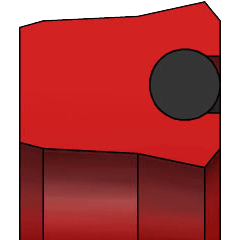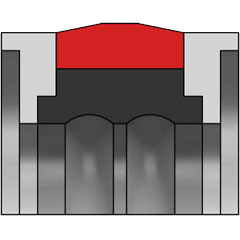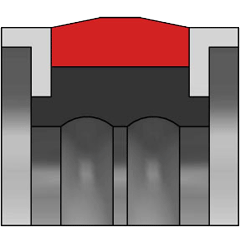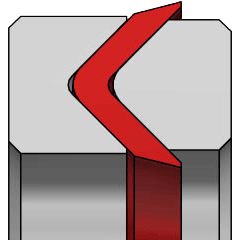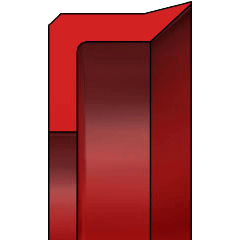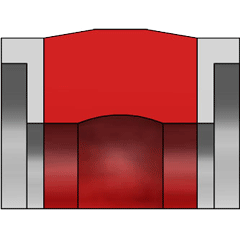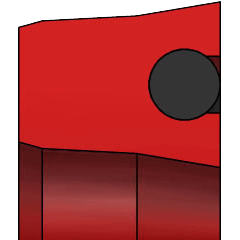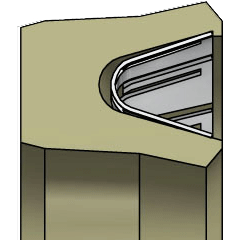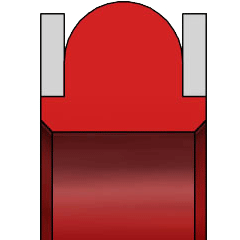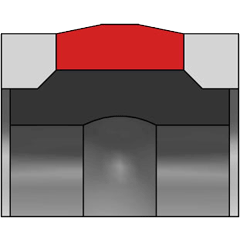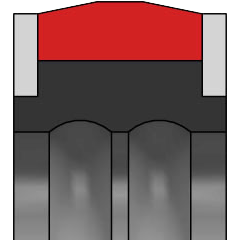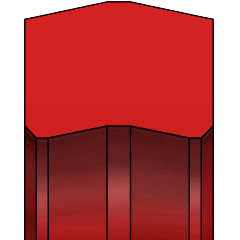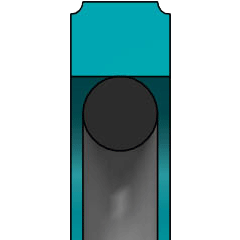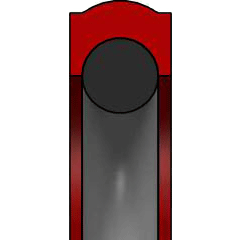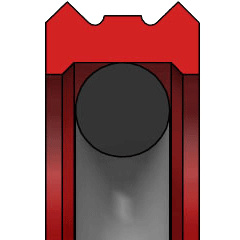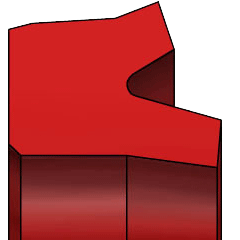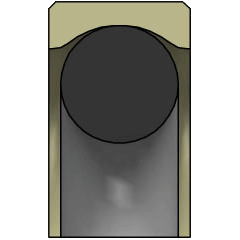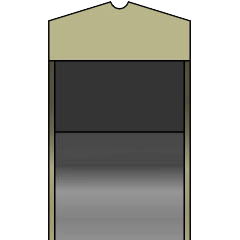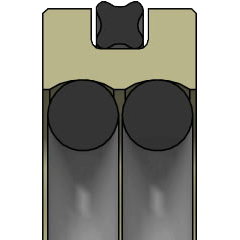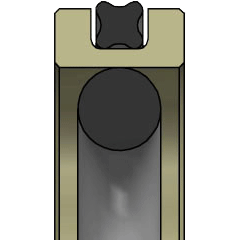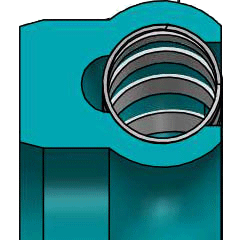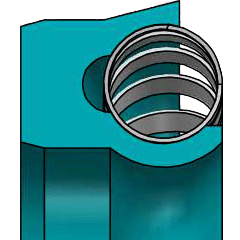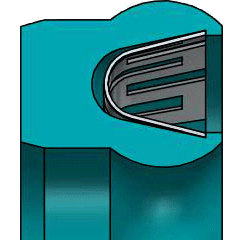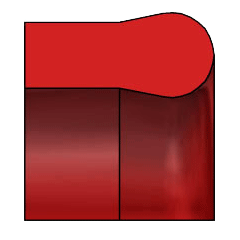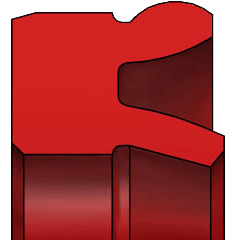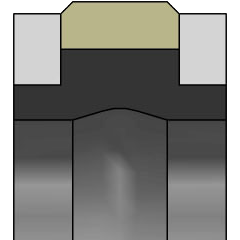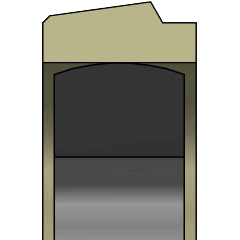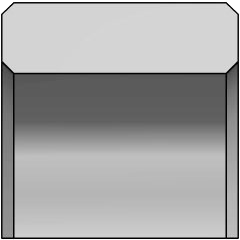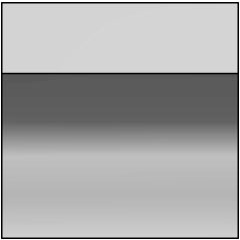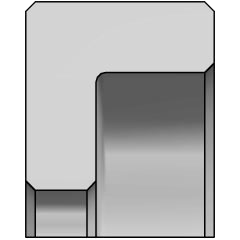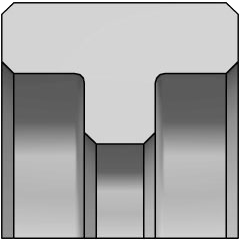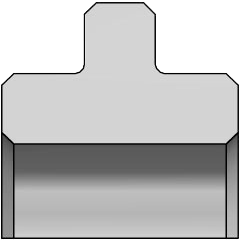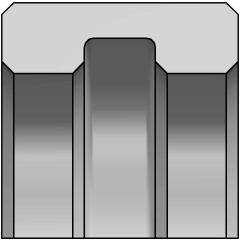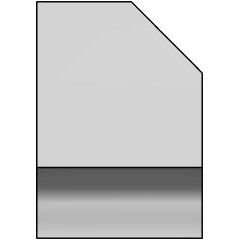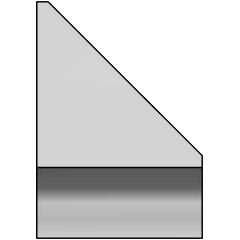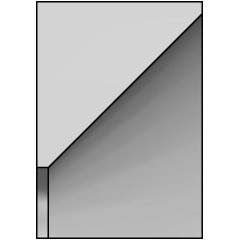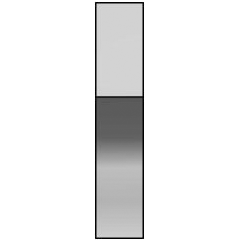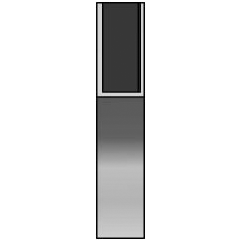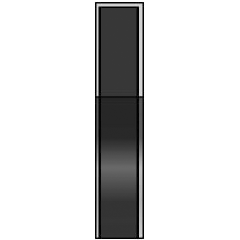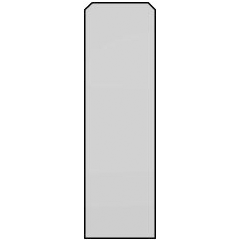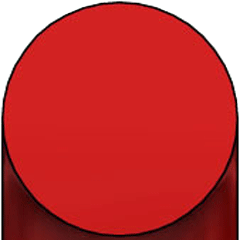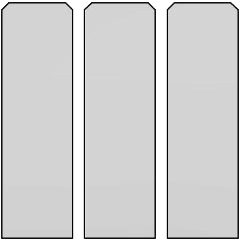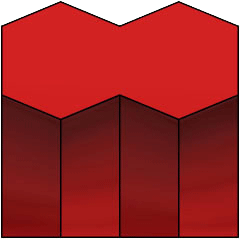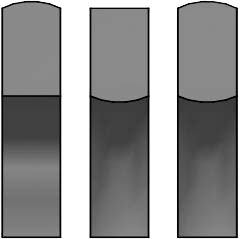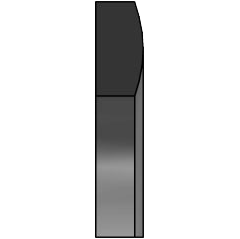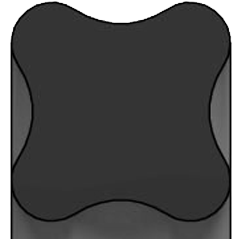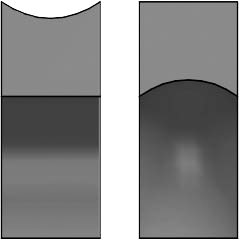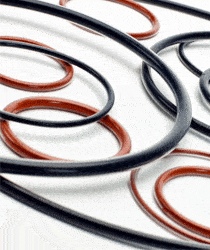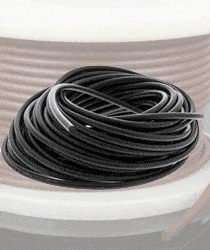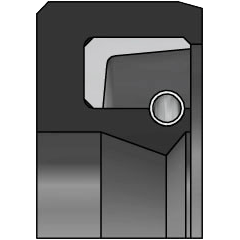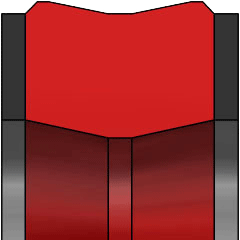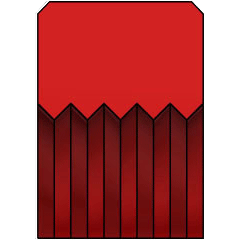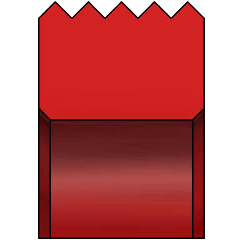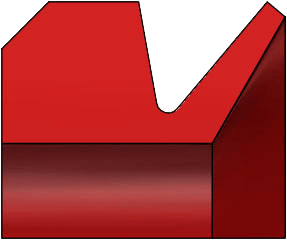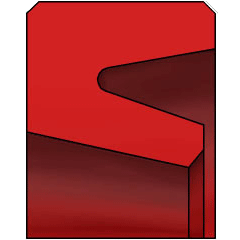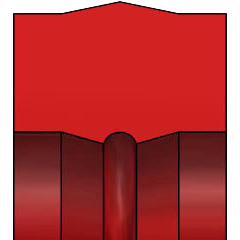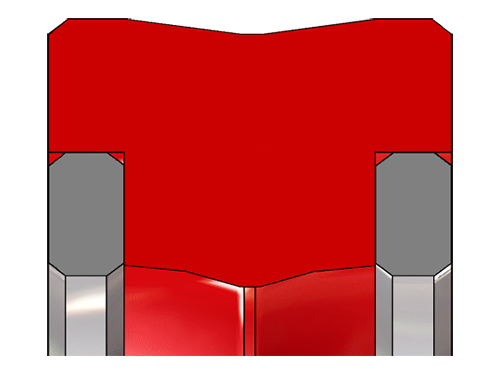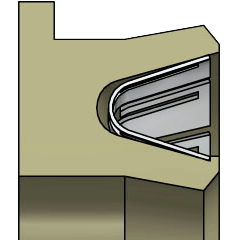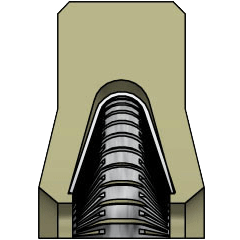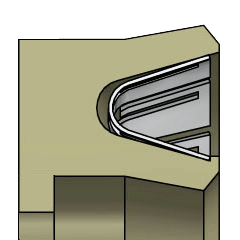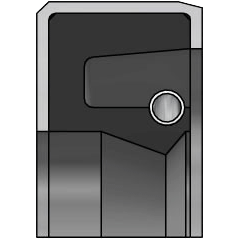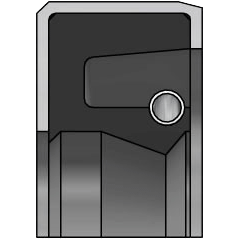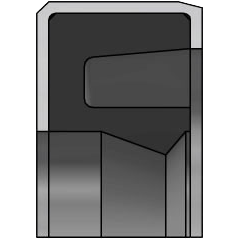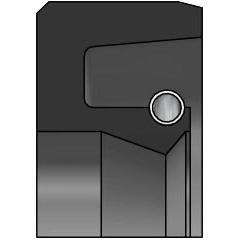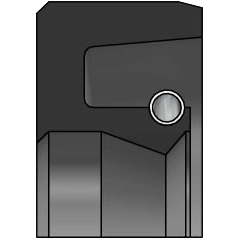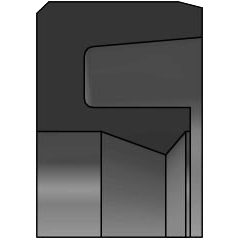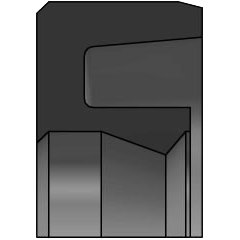Seals,
sealing elements for hydraulics
and pneumatics
Gaskets – Standardized elements and custom CNC production
We offer a complete range of sealing components that are primarily used in hydraulic and pneumatic equipment, but we can also address the need for sealing in many other applications. In addition to a wide range of gaskets in standardized designs and dimensions, we are also engaged in CNC manufacturing and can produce custom gaskets exactly according to the requirement in a very short time.
Standard sealing elements
Seals used in hydraulics and pneumatics that are manufactured in standardized size ranges and materials. The advantage is the lower price due to the large-scale production. The disadvantage is often a lower availability of pieces and also a limited area of use.
To ensure maximum availability, we work closely with several leading European manufacturers and keep the most commonly used types and sizes in stock.
Our CNC seal production
In practice, there are cases when a standardized solution cannot be used for various reasons. For these situations we offer the possibility of our own CNC production. Production is possible from 1 piece without the need for mould costs etc. However, thanks to the automation features, we can also produce large series efficiently.
We keep a range of basic materials in stock to ensure that we are able to respond flexibly to urgent requirements or the need for piece quantities only.
OUR OTHER SERVICES, NOT ONLY IN THE FIELD OF HYDRAULIC SEALING
Hydraulic sealing elements – other services
Other services in the field of sealing elements for industrial applications are also an integral part of our offer
MEASUREMENT OF BUILDING SPACES, DESIGN OF SOLUTIONS
INSTALLATION OF HYDRAULIC AND OTHER SEALS
HYDRAULIC CYLINDER OVERHAUL
SEALING ELEMENTS FOR OTHER INDUSTRIAL APPLICATIONS
HYDRAULIC SEALS – OUR PRODUCTION
Seal production – product demonstrations and our CNC production
Our quality guarantee
Our company has obtained the EN ISO 9001:2016 certificate . Not only in the production of seals for hydraulics we follow the principles of this certification
and thanks to this we can bring our customers a level of products and services that meets the strictest quality requirements.
WIPER RINGS
PROFILES MANUFACTURED BY US
STANDARD SEALS
In the offer of the so-called standard seals (production by injection moulding) you can find 14 other types, including wiper rings made of metal.
Please contact us for detailed technical information on each type (maximum operating pressure, temperature, speed, etc.).
PISTON ROD SEAL
PROFILES MANUFACTURED BY US
STANDARD SEALS
The range of standard piston rod seals (injection moulding) comprises a further 17 types. An overview of these can be found in the catalogue below.
Please contact us for detailed technical information on each type (maximum operating pressure, temperature, speed, etc.).
THE FIST’S FATHER
PROFILES MANUFACTURED BY US
STANDARD SEALS
The range of standard piston rod seals (injection moulding) comprises a further 16 types. An overview of these can be found in the catalogue below.
Please contact us for detailed technical information on each type (maximum operating pressure, temperature, speed, etc.).
How does CNC seal production work?
The video shows the production of a 330 mm diameter sealing sleeve made of H-PU 95 Sh.A Polyurethane.
Materials used for production
We use a wide range of materials to produce seals.
These include H-PU, NBR, FPM, EPDM, POM, PTFE and others.
Below you will find an overview and basic properties of a few selected materials. However, we offer more than 80 material variants. We select the material according to the requirements of the application, taking into account operating temperature, pressure, chemical environment and other parameters. We also offer materials with FDA approvals and certifications that can be used in e.g. in the food or pharmaceutical industry.
Detailed technical data sheets for all materials are available on request.
| Materiál | Tvrdost | Teplota | Popis a použití | |
|---|---|---|---|---|
 | Polyuretan HPU, FDA červený | 95 ± 2 °Sh.A | -20 ÷ 115 °C | Univerzální materiál, který vyniká svými mechanickými vlastnostmi, odolností vůči opotřebení, teplotám a výbornou obrobitelností. Ve vodě odolný hydrolýze. Vhodný pro minerální oleje a tlakový vzduch. |
 | Polyuretan HPU 55D žlutý | 55 ± 3 °Sh.D | -20 ÷ 115 °C | Univerzální materiál, který vyniká svými mechanickými vlastnostmi, zvýšenou odolností vůči opotřebení, teplotám a výbornou obrobitelností. Ve vodě odolný hydrolýze. Vhodný pro minerální oleje a tlakový vzduch. |
 | Polyuretan SL-PU černý | 96 ± 2 °Sh.A | -20 ÷ 110 °C | Mazivy plněný polyuretan s výbornými mechanickými vlastnostmi a odolností vůči opotřebení. Díky obsahu maziva je zvláště vhodný pro aplikace s omezením mazáním (např. suché pneumatické použití) |
 | Pryž NBR 85 černá | 85 ± 5 °Sh.A | -30 ÷ 110 °C | Pryž odolná minerálním olejům, palivům, rostlinným a živočisným tukům, HFA, HFB a HFC-kapalinám. Disponuje výbornými elastickými vlastnostmi. Není dlouhodě odolná povětrnostním vlivům a ozonu. |
 | Pryž NBR 85 FDA bílá | 85 ± 5 °Sh.A | -30 ÷ 110 °C | Pryž NBR bílé barvy s atestem FDA pro použití např. v potravinářství. Odolná minerálním olejům, palivům, rostlinným a živočisným tukům, HFA, HFB a HFC-kapalinám. Výborné elastické vlastnosti. |
 | Pryž H-NBR 85 zelená | 85 ± 5 °Sh.A | -20 ÷ 150 °C | Pryž NBR se zvýšenou odolností vysokým teplotám a navýšenou otěruvzdorností. Odolná minerálním olejům, palivům, rostlinným a živočisným tukům, HFA, HFB a HFC-kapalinám. Výborné elastické vlastnosti. |
 | Pryž EPDM 85 černá | 85 ± 5 °Sh.A | -45 ÷ 130 °C | Pryžový materiál s výbornou odolností záporným teplotám, stárnutí a povětrnostním vlivům. Odolný alkoholům, alkáliím, kyselinám a dalším látkám. Nevhodný pro ropné produkty, tuky a oleje. |
 | Pryž EPDM 82 FDA bílá | 82 ± 5 °Sh.A | -45 ÷ 130 °C | Pryž EPDM bílé barvy s atestem FDA pro použití např. v potravinářství. Materiál s výbornou odolností záporným teplotám, stárnutí a povětrnostním vlivům. Odolný alkoholům, alkáliím, kyselinám a dalším látkám. |
 | Pryž FPM hnědá | 82 ± 5 °Sh.A | -20 ÷ 220 °C | Materiál s velmi vysokou teplotní odolností a výbornou chemickou odolností i proti agresivním chemikáliím. Nevhodná pro použití u horké vody. |
 | Pryž Silikon modrá | 85 ± 5 °Sh.A | -60 ÷ 200 °C | Pryžový materiál s výbornou teplotní odolností, vysokou flexibilitou i při nízkých teplotách a odolností vůči atmosferickým vlivům a stárnutí. Nulový vliv na chuť i vůni média - často využíván v potravinářství. |
 | Pryž Silikon FDA bílá | 85 ± 5 °Sh.A | -60 ÷ 200 °C | Silikonová pryž v bílé barvě s atestem FDA. Pryžový materiál s výbornou teplotní odolností, vysokou flexibilitou i při nízkých teplotách a odolností vůči atmosferickým vlivům a stárnutí. Nulový vliv na chuť i vůni média. |
 | PTFE virgin bílá | 55 ± 3 °Sh.D | -200 ÷ 260 °C | Materiál s výjimečnou chemickou a teplotní odolností a výbornými kluznými vlastnostmi. Má atest FDA a lze tak použít v potravinářství. Nejčastěji je využíván pro vodící a opěrné kroužky. |
 | PTFE + 40% bronz hnědá | 60 ± 3 °Sh.D | -200 ÷ 260 °C | PTFE plněný ze 40% bronzem. Díky této přímesi je dosaženo zvýšené pevnosti tlaku, tepelné vodivosti a vyšší odolnosti extruzi. Jde o nejčastěji používanou PTFE směs pro výrobu hydraulického těsnění. |
 | PTFE + 25% uhlík šedá | 65 ± 3 °Sh.D | -200 ÷ 260 °C | PTFE plněný z 25% uhlíkem. Příměs uhlíku zvyšuje tvrdost, odolnost proti tečení, otěruvzdornost a tepelnou vodivost materiálu. Částečně samomazný. |
 | PTFE PEEK béžová | 60 ± 3 °Sh.D | -200 ÷ 260 °C | PTFE plněný z 10% PEEK. Výborná odolnost otěru a extruzi, zvláště v aplikacích s minimem maziva. Materiál má FDA atest. |
 | POM bílá | 81 ± 3 °Sh.D | -45 ÷ 100 °C | Materiál s výbornými mechanickými vlastnostmi, vysokou tvrdostí, tvarovou stálostí a velkou odolností otěru. Využíván především pro výrobu opěrných a vodících kroužků. |
 | PA bílá | 79 ± 3 °Sh.D | -40 ÷ 110 °C | Polyamid PA vyniká mechanickými vlastnostmi, otěruvzdorností a kluznými vlastnostmi. Nevýhodou je poměrně vysoká nasákavost vodou. |
 | PE-UHMW bílá | 61 ± 3 °Sh.D | -200 ÷ 80 °C | Vysokomolekulární polyetylen je materiál s vysokou odolností otěru, opotřebení a dobrými kluznými vlastnostmi. Výborná odolnost záporným teplotám. |
SEALS FOR HYDRAULICS AND PNEUMATICS
Seal design and mechanics
When designing a solution, several factors must be taken into account to determine the ideal choice of profile and material.
These include pressure, temperature, velocity, chemical environment, friction, the way the functional surfaces are treated and other factors.
Based on these factors, we select the sealing element that ideally meets the requirements of the application and guarantees a high sealing effect and durability.
Requirements for the quality of functional areas
Particular attention should be paid to the surface design of the functional surfaces.
The purpose is to ensure a surface quality that minimizes abrasion and wear on the seal.
The piston rod seal, which seals against the moving surface, can be damaged by fine abrasive particles which may adhere to the rough surface. Therefore, the bars should have a low surface roughness value, and the surface should be similar to hard chrome and rust-proof. The ideal surface roughness is somewhere around 0.3 µm (Ra) or 2.3 µm (Rt).
The piston seal, which seals against the inner surface of the cylinder, is not exposed to the same range of abrasive particles entering from the atmosphere and can therefore handle rougher surfaces. The ideal surface roughness is somewhere around 0.5 µm (Ra) or 3.7 µm (Rt). The operating pressure must be taken into account when assessing the surface properties. At higher operating pressures, the film between the seal and the sealing surface is thinner and friction is greater. Under such operating conditions, the smallest possible surface roughness should be selected.
The surface quality for static sealing should be around 1 µm (Ra) or 7 µm (Rt).
Detailed information on construction, design and other technical information can be found in our catalogue.
CONTACT
Are you interested in our offer?
If you have any requirement for technical plastic or a product made from it, we would be happy to be contacted.
We will be happy to discuss everything with you and prepare a non-binding quotation based on the documents.
If you are interested, please contact us at one of the contacts listed here or via the contact form.











